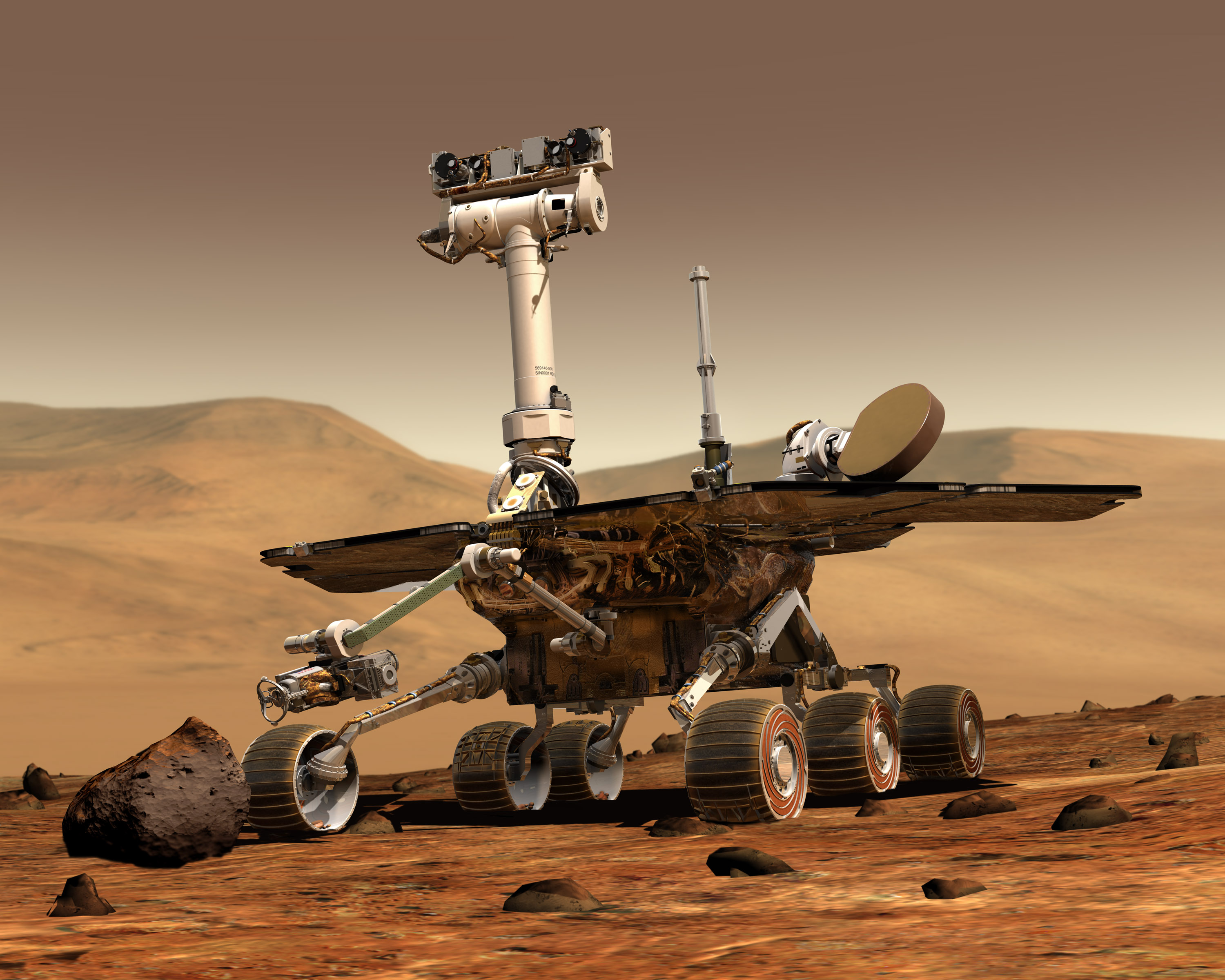It’s official. NASA has finally called the end of the Opportunity Mars rover mission.

Update at 2 p.m. EST, Feb. 13:
In a press briefing, NASA announced the end of the mission after more than 800 attempts to contact the Mars rover Opportunity.
It looks as if the Mars rover Opportunity has finally reached its end after 15 years on the Red Planet. After an intense storm hit the rover last June, Opportunity went silent. Since September, the team at NASA has been using a “sweep and beep” process to try to contact the robot, which involves sending commands and waiting to hear a beep back. We haven’t heard one.
NASA announced yesterday that the team would be putting in its final efforts to contact the rover last night, and would announce the results today. But it doesn’t look good.
We could see the final uplink commands being sent through the Deep Space Network, the global network of communications facilities that helps NASA send messages to its spacecraft.
But tweets from the people in the control room last night suggest that those attempts were met with silence.
We’re still awaiting official word from NASA in the form of a press briefing at 11 a.m. PST (2 p.m. EST), but it seems certain that this is the end for the rover.
The team was hoping that the windy season on Mars would help clear off Opportunity’s solar panels, allowing it to power up again. But now, after months of trying, winter is approaching.
We said goodbye to Opportunity’s companion rover, Spirit, back in 2011 which stopped communicating with NASA on March 22, 2010 (see “Goodbye, Spirit: An Explorer of the Red Planet”). Spirit and Opportunity landed on opposite sides of the planet in 2004.
In its time on Mars, Opportunity provided data that helped advance our understanding of our planetary neighbor. It has traveled over 45 kilometers, sending back a treasure trove of images, and discovered the first signs of ancient ice.
But this is by no means the end of science on Mars. The legacy lives on in the form of Curiosity and InSight. The Curiosity rover, which landed on Mars in 2012, is still helping researchers uncover how certain craters and mountains formed, while the InSight probe is on the hunt for Marsquakes.
Deep Dive
Artificial intelligence
What’s next for generative video
OpenAI's Sora has raised the bar for AI moviemaking. Here are four things to bear in mind as we wrap our heads around what's coming.
Is robotics about to have its own ChatGPT moment?
Researchers are using generative AI and other techniques to teach robots new skills—including tasks they could perform in homes.
An AI startup made a hyperrealistic deepfake of me that’s so good it’s scary
Synthesia's new technology is impressive but raises big questions about a world where we increasingly can’t tell what’s real.
Stay connected
Get the latest updates from
MIT Technology Review
Discover special offers, top stories, upcoming events, and more.